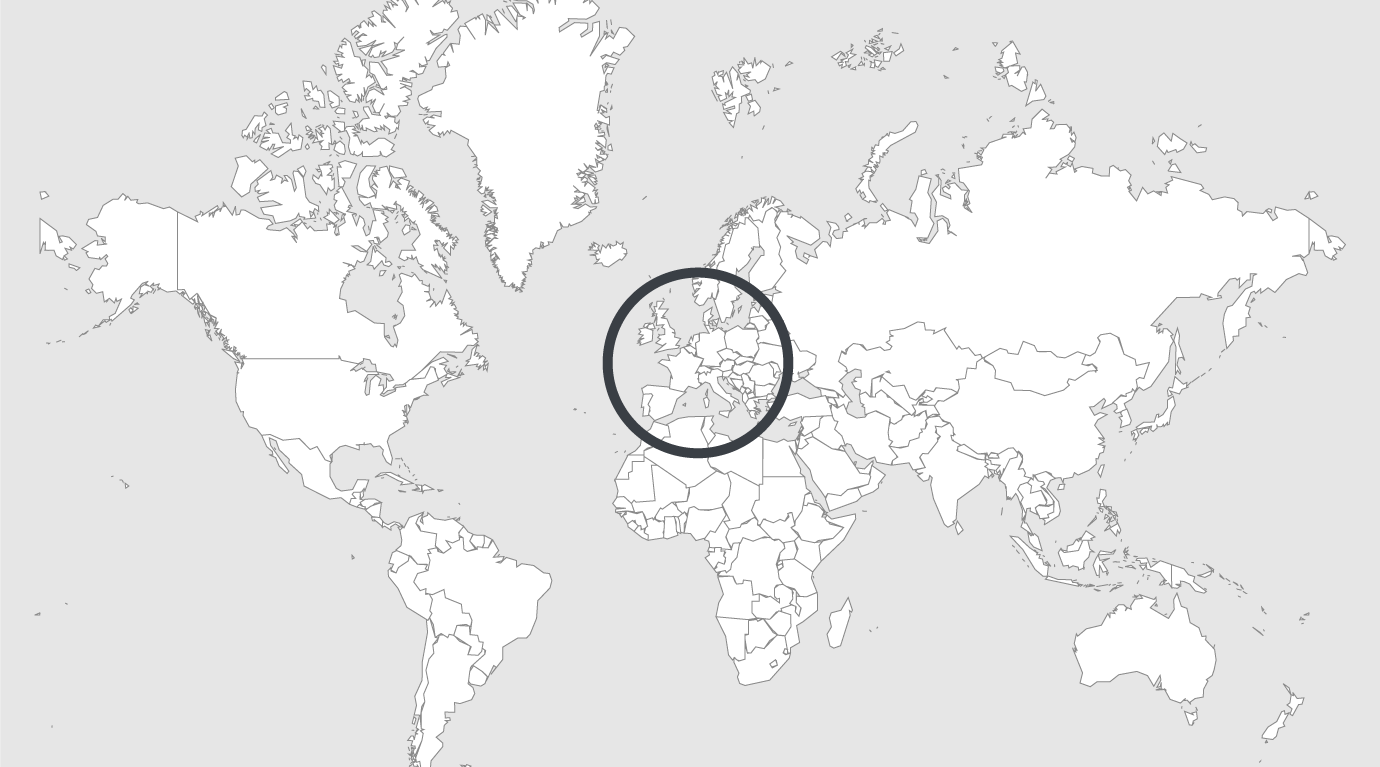
Explore
UK: prison violence cut after cons given 99p earplugs for a good night's sleep
Prison bosses are saying ear, ear, to a canny jail which has slashed violence by blocking out noise. The jail is the toast of the service after lags have each been given 99p earplugs to help them get a peaceful night’s sleep.
The results have been extraordinary. The number of attacks have halved and now fewer than one in ten cons say they feel unsafe. It had been one in four.
Governors worked out that most fights happened as soon as cons were let out of their cells in the morning.
Inmates’ bust ups would often revolve around the racket caused by snoring, loud tellies and other late night noise audible through the thin cell walls.
The new move has succeeded where countless costly solutions have failed.
Now prison bosses will hope the success at category B Buckley Hall near Rochdale, Lancs, can be copied across the country.
Such an iniative could save millions of pounds in violence-reduction strategies, training and courses spent by the prison service every year – as well as costly Tornado Teams brought in to quell violence.
A report by the Prison Inspectorate revealed the success of the earbud solution to violence when grumpy lags are let out of their cells in the morning.
It stated: “The safer custody team presented up-to-date and thorough analysis of monthly data to the senior management team for review, which led to investigations into causal factors of violent incidents.“
“For example, data showed that many incidents took place during morning unlock periods.“
“Walls between cells were very thin and many of the morning incidents were attributed to disturbed sleep patterns due to noise from adjacent cells. The prison responded by issuing earbuds to all the inmatess.”
The report in the jail – where six-in-ten lags are serving sentences of ten years or more and 70 per cent are classed as high risk of harm to others – also found that the number of violent incidents there had halved in the past year.
Read original article
